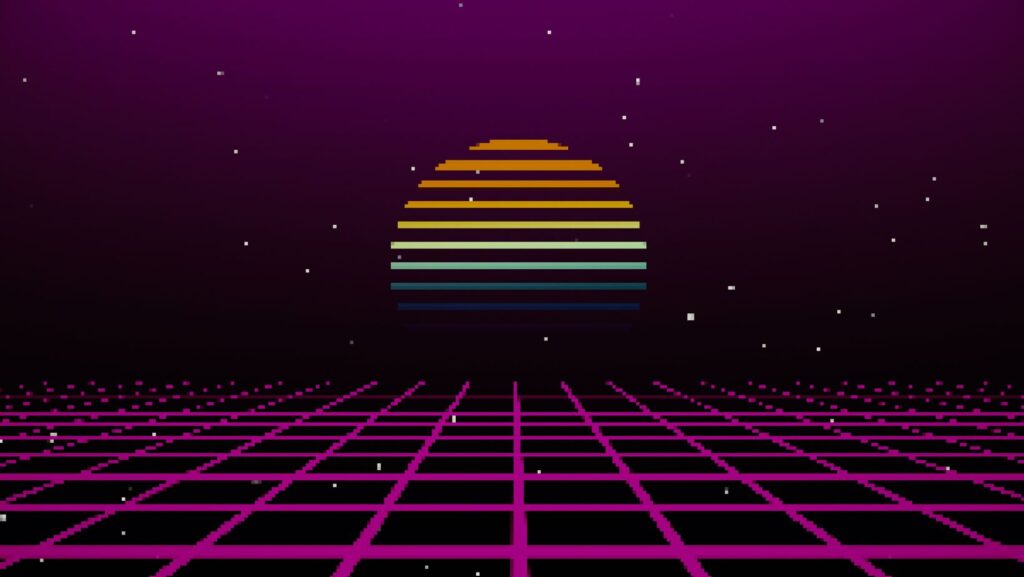
Pixel Art Wallpaper
Looking to add a touch of nostalgia and retro charm to your digital space? Look no further than pixel art wallpaper. With its distinct pixilated design, this type of wallpaper brings back memories of classic video games and old-school computer graphics. Whether you’re a fan of 8-bit characters or simply appreciate the aesthetics of pixel art, incorporating it into your wallpapers can give your devices a unique and eye-catching look.
Pixel art wallpaper is a great way to showcase your love for vintage gaming or express your artistic side. The blocky, pixelated designs offer a refreshing departure from the sleek and modern visuals commonly found in today’s wallpapers. From iconic game characters like Mario and Sonic to stunning landscapes rendered in vibrant colors, there’s an endless array of options available to suit every taste.
Incorporating pixel art wallpaper into your devices is easier than ever before. There are numerous websites and online communities where you can find high-quality images in various styles and themes. Whether you prefer cute and whimsical designs or bold and edgy creations, there’s something out there for everyone. So go ahead, embrace the world of pixels, and transform your screens into captivating works of art!
The History of Pixel Art
Pixel art has a rich and fascinating history that dates back several decades. It emerged in the late 1970s and early 1980s when computer technology began to advance, paving the way for the creation of visually captivating digital imagery. Let’s delve into the evolution of pixel art and explore its origins.
- The Birth of Pixels: In the early days of computing, memory was limited, leading to the development of pixel-based graphics. This revolutionary concept involved representing images using tiny square-shaped units called pixels, each with its own color value. These pixels could be arranged in various combinations to form intricate designs.
- Early Video Games: The rise of video games in the 1980s played a significant role in popularizing pixel art. Limited by hardware capabilities, game developers relied on pixel art to create characters and environments for their games. Classic titles like Pac-Man (1980) and Super Mario Bros (1985) showcased vibrant and iconic pixelated visuals that captivated players worldwide.
- The Demise and Resurgence: As technology advanced, pixel art took a back seat as more sophisticated graphic techniques emerged. However, it experienced a renaissance in the late 2000s with the advent of retro-inspired indie games. Developers intentionally embraced low-resolution visuals reminiscent of early gaming consoles, reigniting interest in this nostalgic style.
- Pixel Art Today: Today, pixel art continues to thrive as both an artistic medium and a design choice across various industries. Its distinct aesthetic appeals to artists seeking a unique blend of nostalgia and simplicity while also offering practical advantages such as small file sizes ideal for mobile app icons or website graphics.
- Community & Collaboration: Perhaps one of the most remarkable aspects of pixel art is its thriving community-driven culture. Artists from around the world connect through online platforms to share their creations, exchange techniques, participate in challenges, and celebrate the art form. This collaborative spirit fuels innovation and ensures that pixel art remains a vibrant and evolving genre.
Pixel art’s journey from humble beginnings to a beloved art style showcases its enduring appeal and cultural significance. Whether it’s evoking nostalgia for retro gaming or pushing the boundaries of creativity, pixel art continues to captivate audiences across generations.












